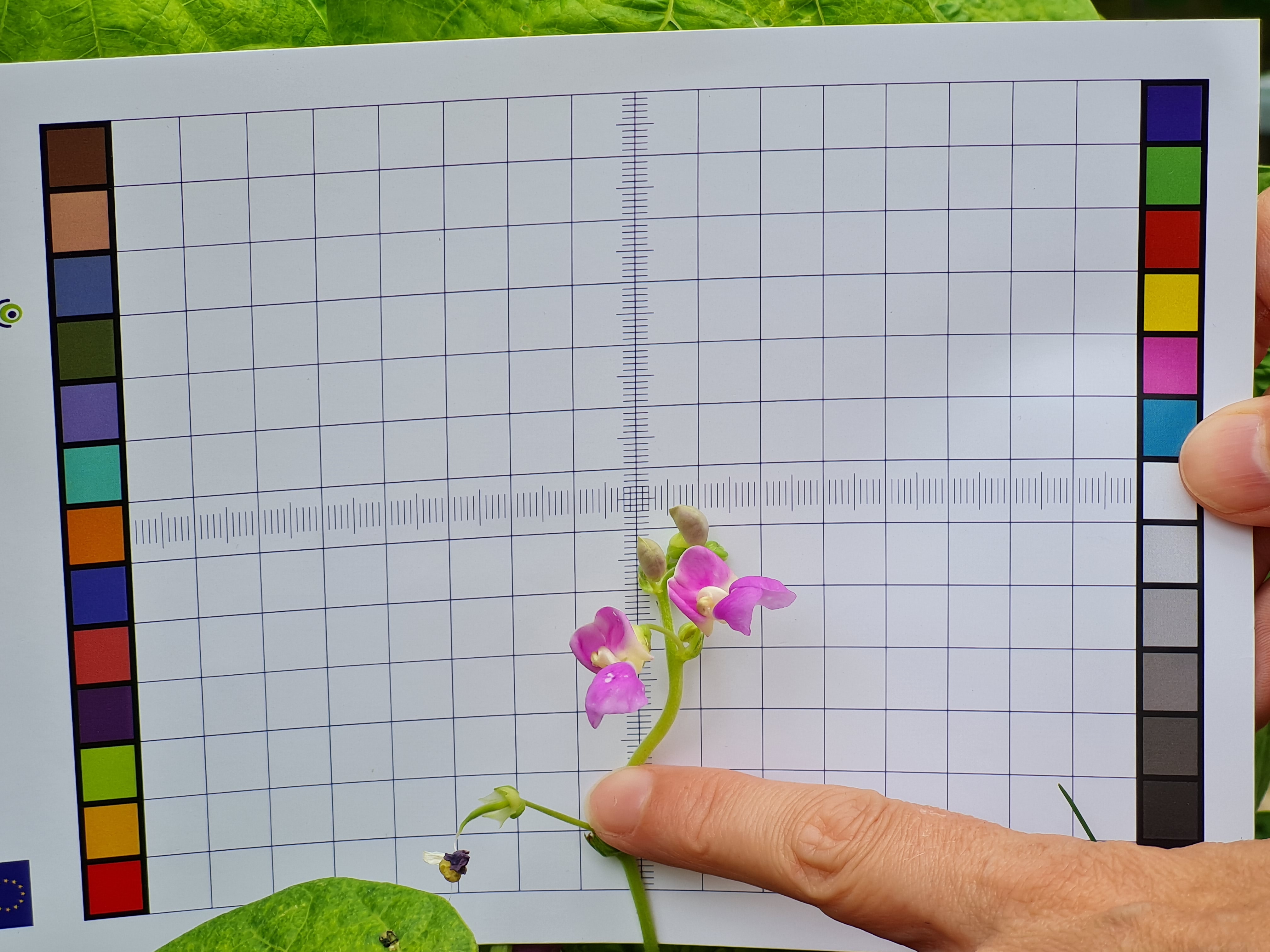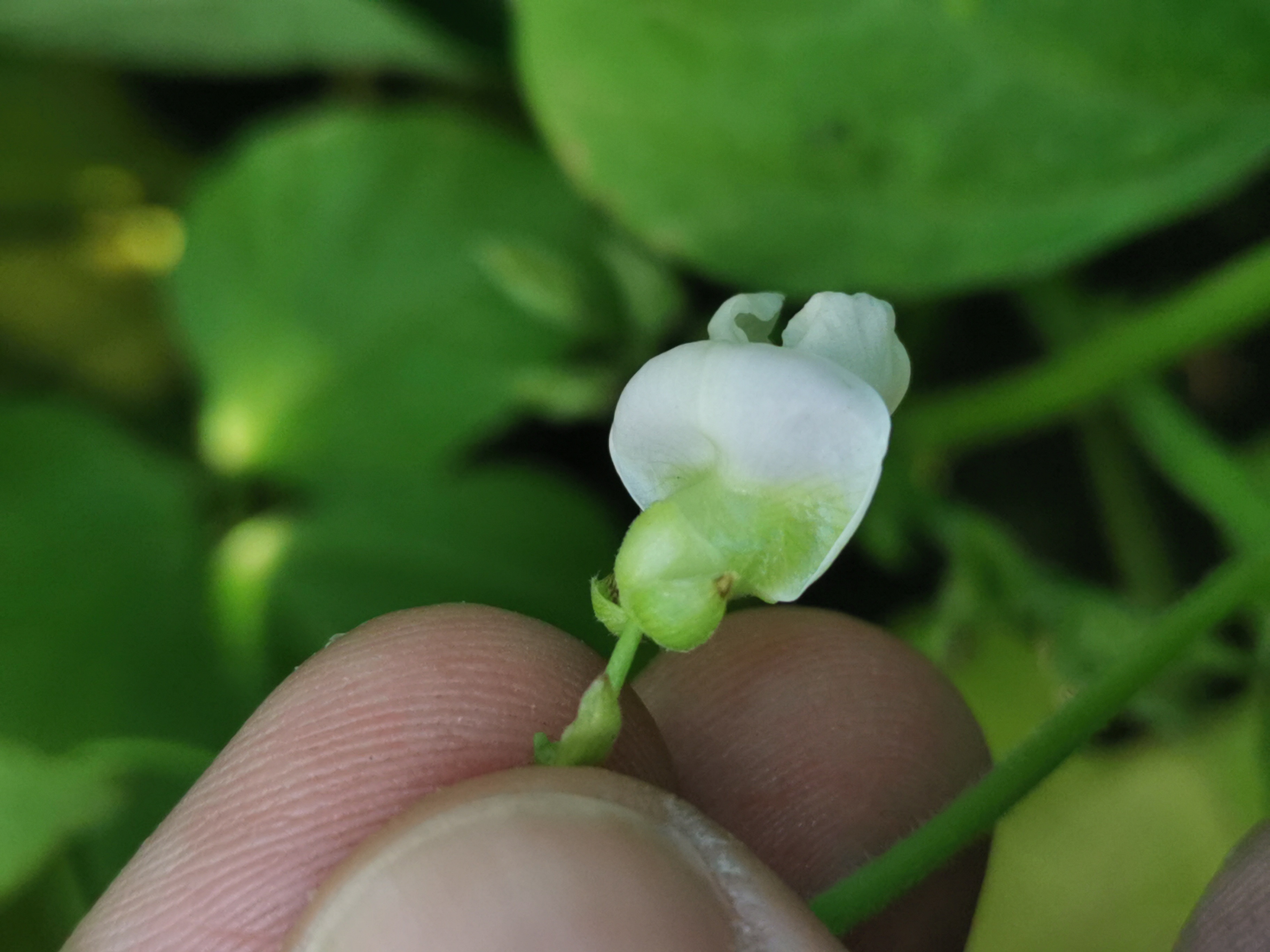
Bean of the Month
Our series 'Bean of the Month' highlights a different bean variety from the INCREASE Citizen Science Experiment collection each week, exploring its unique characteristics and origin. Drawing on data collected by citizen scientists, each bean profile provides insights into its main traits based on citizen evaluations. It is a fun and informative way to learn about the diverse world of beans! Go and explore the different varieties.
The 'Bean of the Week' also features on the INCREASE social media channels:
- Facebook: pulses.increase
- Instagram: pulsesincrease
- Bluesky: pulsesincrease
- YouTube: PulsesINCREASE
For more information, please click on the boxes below.
INCBN_00055
INCBN_00055
- Common Name: Callacatlan Frijol
- Country of Origin: Mexico
- Country of Genebank Storage: USA
- Genetic Group: Durango-Jalisco (mix)
- Growth Type: climbing
- Flowering time: early
- Photoperiod Sensitivity: no
- Total Shares in Seed Exchange: 17
- CSE Data Points Collected: 26
- Interesting fact: High seed production and one of the most exchanged varieties
INCBN_03220
INCBN_03220
- Common Name: -
- Country of Origin: Slovakia
- Country of Genebank Storage: Germany
- Genetic Group: -
- Growth Type: climbing
- Flowering time: early
- Photoperiod Sensitivity: no
- Total Shares in Seed Exchange: 6
- CSE Data Points Collected: 14
- Interesting fact: One of the most exchanges varieties
INCBN_00145
INCBN_00145
- Common Name: -
- Country of Origin: Czech Republic
- Country of Genebank Storage: Germany
- Genetic Group: Durango-Jalisco
- Growth Type: climbing
- Flowering time: late
- Photoperiod Sensitivity: no
- Total Shares in Seed Exchange: 12
- CSE Data Points Collected: 25
- Interesting fact: One of the most exchanged varieties
INCBN_00464
INCBN_00464
- Common Name: Cigos Lobio
- Country of Origin: Georgia
- Country of Genebank Storage: Germany
- Genetic Group: Chile
- Growth Type: climbing
- Flowering time: medium
- Photoperiod Sensitivity: no
- Total Shares in Seed Exchange: 10
- CSE Data Points Collected: 13
- Interesting fact: One of the most exchanged varieties
INCBN_00203
INCBN_00203
- Common Name: -
- Country of Origin: Slovakia
- Country of Genebank Storage: Germany
- Genetic Group: Durango-Jalisco
- Growth Type: climbing indeterminate
- Flowering time: early
- Photoperiod Sensitivity: no
- Total Shares in Seed Exchange: 11
- CSE Data Points Collected: 40
- Interesting fact: One of the most exchanged varieties. One of the varieties with the most data points collected in the CSE App
INCBN_02759
INCBN_02759
- Common Name: -
- Country of Origin: Greece
- Country of Genebank Storage: Germany
- Genetic Group: Nueva Granada
- Growth Type: climbing
- Flowering time: medium
- Photoperiod Sensitivity: no
- Total Shares in Seed Exchange: 12
- CSE Data Points Collected: 24
- Interesting fact: One of the most exchanged varieties
INCBN_10059
INCBN_10059
- Common Name: Oxinel
- Country of Origin: France
- Country of Genebank Storage: France
- Genetic Group: Admixed Andean
- Growth Type: determinate climbing
- Flowering time: early
- Photoperiod Sensitivity: no
- Total Shares in Seed Exchange: -
- CSE Data Points Collected: 8
- Interesting fact: This genotype exhibits a peculiar determinate climbing growth habit, a subtle phenotype influenced by environmental factors, particularly the interplay of photoperiod and temperature.
INCBN_00330
INCBN_00330
- Common Name: Cacahuate
- Country of Origin: Mexico
- Country of Genebank Storage: Colombia
- Genetic Group: Nueva Granada
- Growth Type: Bush
- Flowering time: early
- Photoperiod Sensitivity: no
- Total Shares in Seed Exchange: 13
- CSE Data Points Collected: 25
- Interesting fact: One of the most exchanged varieties
INCBN_02098
INCBN_02098
- Common Name: Simindis lobio
- Country of Origin: Georgia
- Country of Genebank Storage: Germany
- Genetic Group: Durango-Jalisco
- Growth Type: Climbing
- Flowering time: medium
- Photoperiod Sensitivity: no
- Total Shares in Seed Exchange: 10
- CSE Data Points Collected: 24
- Interesting fact: One of the most exchanged varieties
INCBN_00142
INCBN_00142
- Common Name: -
- Country of Origin: Italy
- Country of Genebank Storage: Germany
- Genetic Group: Nueva Granada
- Growth Type: bush
- Flowering time: early
- Photoperiod Sensitivity: no
- Total Shares in Seed Exchange: 15
- CSE Data Points Collected: 45
- Interesting fact: One of the most exchanged varieties, very early flowering in different environments
INCBN_00011
INCBN_00011
- Common Name: Huasca Huallaga Colorado
- Country of Origin: Peru
- Country of Genebank Storage: USA
- Genetic Group: Peru mixed
- Growth Type: climbing
- Flowering time: late
- Photoperiod Sensitivity: yes
- Total Shares in Seed Exchange: 8
- CSE Data Points Collected: 17
- Interesting fact: Despite belonging to the Peru race, known for being photoperiod sensitive and not adapted to European conditions, several citizens succeeded in its cultivation, and it was also exchanged.
INCBN_00051
INCBN_00051
- Common Name: Bayos Palos
- Country of Origin: Chile
- Country of Genebank Storage: USA
- Genetic Group: Durango-Jalisco
- Growth Type: Indeterminate climbing
- Flowering time: early
- Photoperiod Sensitivity: no
- Total Shares in Seed Exchange: 26
- CSE Data Points Collected: 26
- Interesting fact: One of the most exchanged varieties
INCBN_00035
INCBN_00035
- Common Name: Gordo
- Country of Origin: Brazil
- Country of Genebank Storage: USA
- Genetic Group: Nueva Granada
- Growth Type: mixed
- Flowering time: medium
- Photoperiod Sensitivity: no
- Total Shares in Seed Exchange: 9
- CSE Data Points Collected: 18
- Interesting fact: One of the most exchanged varieties
INCBN_00177
INCBN_00177
- Common Name: Monachello
- Country of Origin: Italy
- Country of Genebank Storage: Italy
- Genetic Group: Chile
- Growth Type: Indeterminate
- Flowering time: medium
- Photoperiod Sensitivity: no
- Total Shares in Seed Exchange: 5
- CSE Data Points Collected: 17
- Interesting fact: Ancient variety collected by UNIVPM in the Sibillini Mountains (Italy) in 1999-2000. Still cultivated in Marche region and Sellano in Valnerina (Italy).
INCBN_00151
INCBN_00151
- Common Name: -
- Country of Origin: Portugal
- Country of Genebank Storage: Colombia
- Genetic Group: Durango-Jalisco
- Growth Type: Indeterminate
- Flowering time: medium
- Photoperiod Sensitivity: no
- Total Shares in Seed Exchange: -
- CSE Data Points Collected: 14
- Interesting fact: -
INCBN_00000
INCBN_00000
- Common Name: Meccearly
- Country of Origin: Italy
- Country of Genebank Storage: Italy - Blumen Group SPA
- Genetic Group: Nueva Granada
- Growth Type: Determinate
- Flowering Time: early
- Photoperiod Sensitivity: no
- Total Shares in Seed Exchange: >100
- CSE Data Points Collected: >3,000
- Interesting Fact: CSE control line
INCBN_00076
INCBN_00076
- Common Name: Frijo chileno y colorado
- Country of Origin: Costa Rica
- Country of Genebank Storage: USA
- Genetic Group: Meso America
- Growth Type: indeterminate climbing
- Flowering Time: late
- Photoperiod Sensitivity: no
- Total Shares in Seed Exchange: 10
- CSE Data Points Collected: 25
- Interesting Fact: One of the most exchanged varieties
INCBN_00199
INCBN_00199
- Common Name: not applicable
- Country of Origin: Germany
- Country of Genebank Storage: Germany
- Genetic Group: Nueva Granada
- Growth Type: determinate bush
- Flowering Time: late
- Photoperiod Sensitivity: no
- Total Shares in Seed Exchange: 10
- CSE Data Points Collected: 33
- Interesting Fact: One of the most exchanged varieties
INCBN_00004
INCBN_00004
- Common Name: Amarillos
- Country of Origin: Chile
- Country of Genebank Storage: USA
- Genetic Group: Nueva Granada
- Growth Type: determinate bush
- Flowering Time: medium
- Photoperiod Sensitivity: no
- Total Shares in Seed Exchange: 10
- CSE Data Points Collected: 36
- Interesting Fact: One of the most exchanged varieties
The bean profiles contain technical terms which are explained here:
Photoperiod Sensitivity
Plants receive triggering for flowering from different factors, one being the daylength or photoperiod. The wild ancestor of common bean originating from Meso America is photoperiod sensitive and has a requirement for short days. During domestication, beans became less sensitive to daylength, allowing them to grow in higher latitudes with longer days and spread globally. Our CSE bean lines vary in their photoperiod sensitivity.
Genetic Group
The wild common bean (Phaseolus vulgaris) originated in Mesoamerica and migrated to South America approximately 150,000 years ago, forming two distinct gene pools: Mesoamerican and Andean. Domestication occurred independently between 8,000 and 4,000 years ago in both regions, giving rise to two domesticated gene pools. The Andean gene pool was the first to reach Europe in 1529, introduced via Pizarro’s expedition from Peru. Its spread was influenced by Charles V, Pope Clement VII, and Piero Valeriano Bolzanio, who actively promoted its dissemination and authored the first manuscript on the common bean. Over time, the bean adapted to European climates and cuisine. Our research (Bellucci et al. 2023, Cortinovis et al. 2024) identified five genetic groups within European beans. The Andean gene pool contributed primarily through the Nueva Granada (A1) and Chile (A3) races, while the photoperiod-sensitive Peru race (A2) had limited influence. Additionally, Mesoamerican beans from high-altitude (Durango-Jalisco, M1) and low-altitude (M2) regions were successfully introduced.





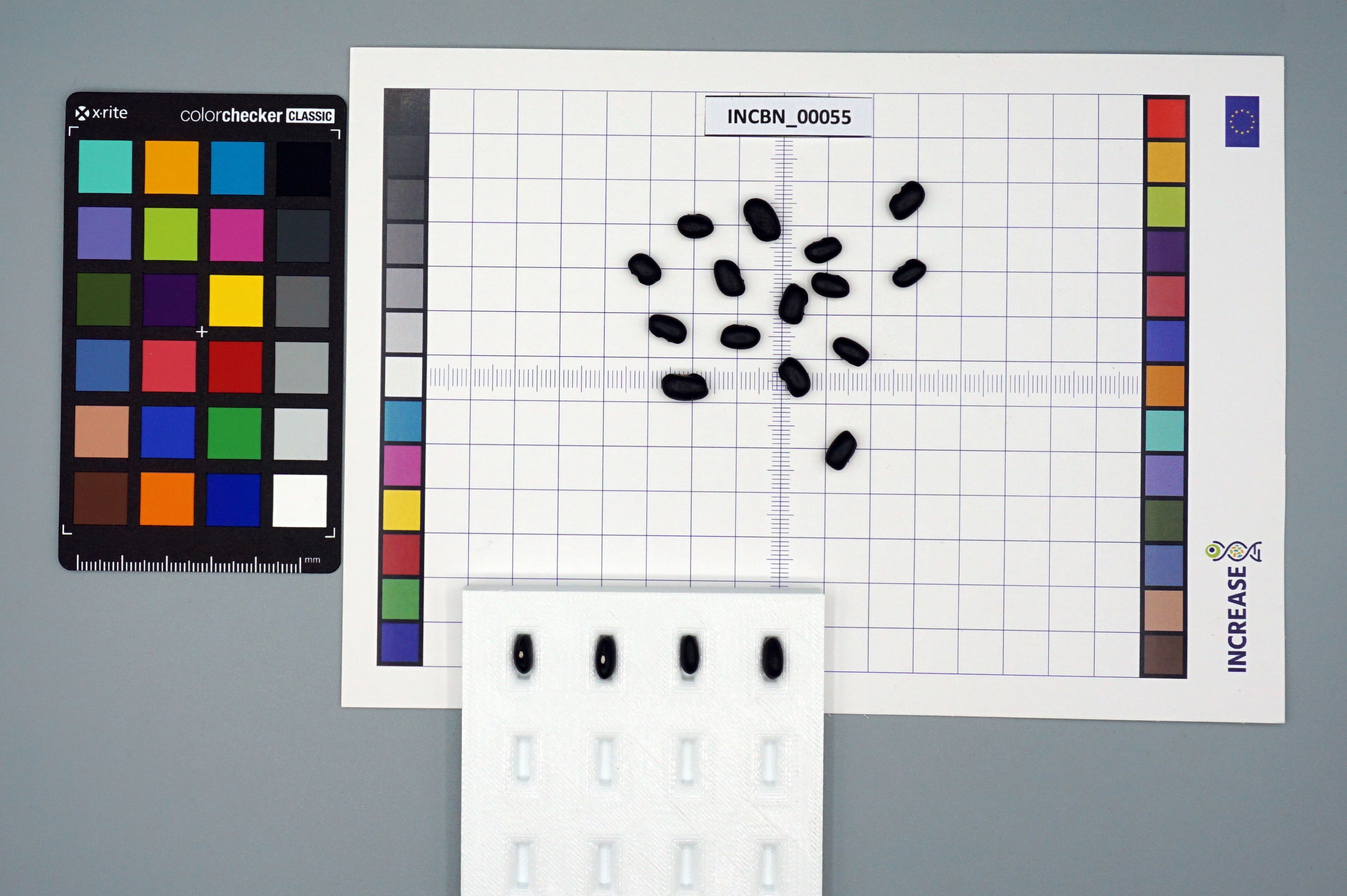
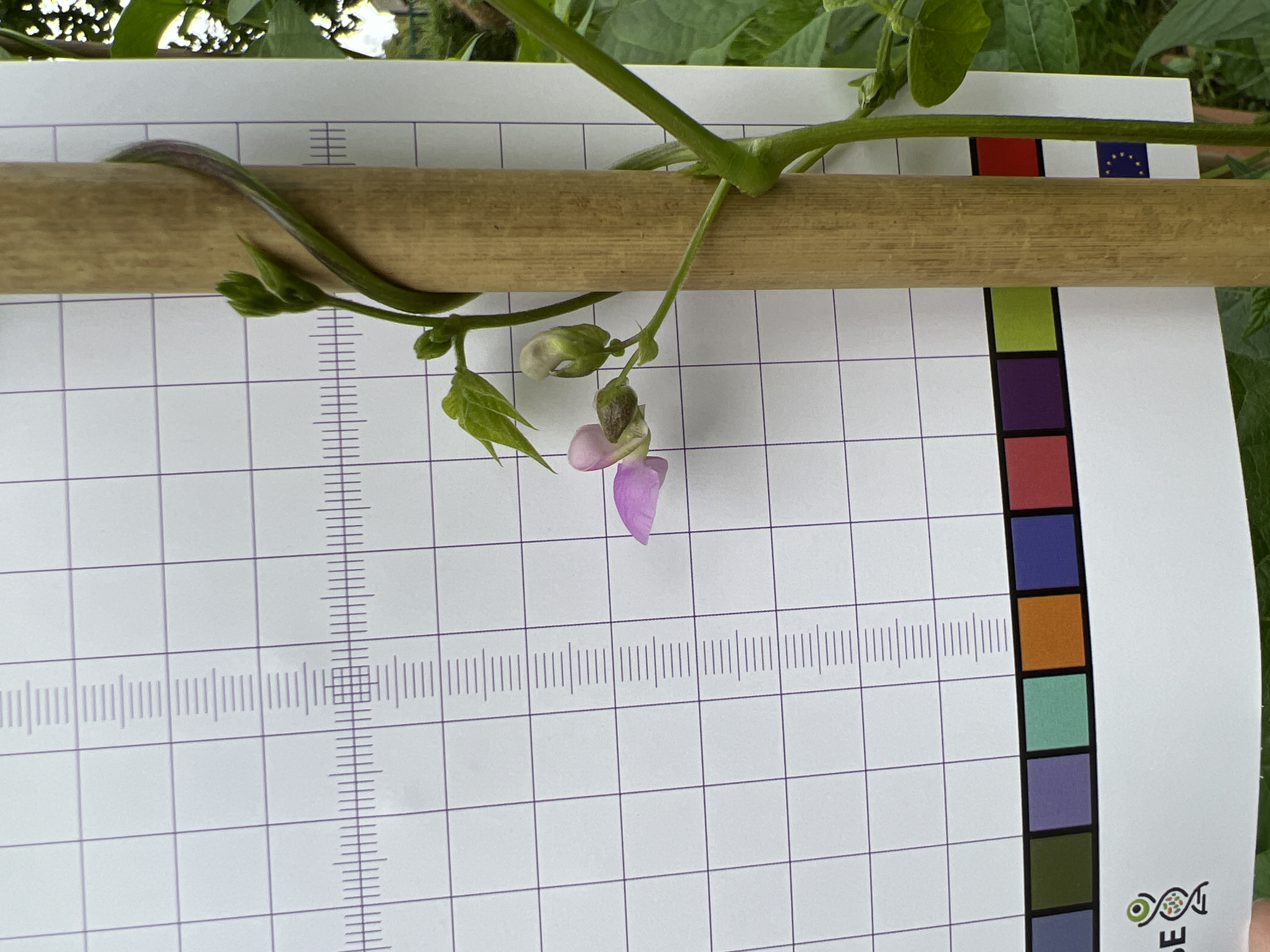
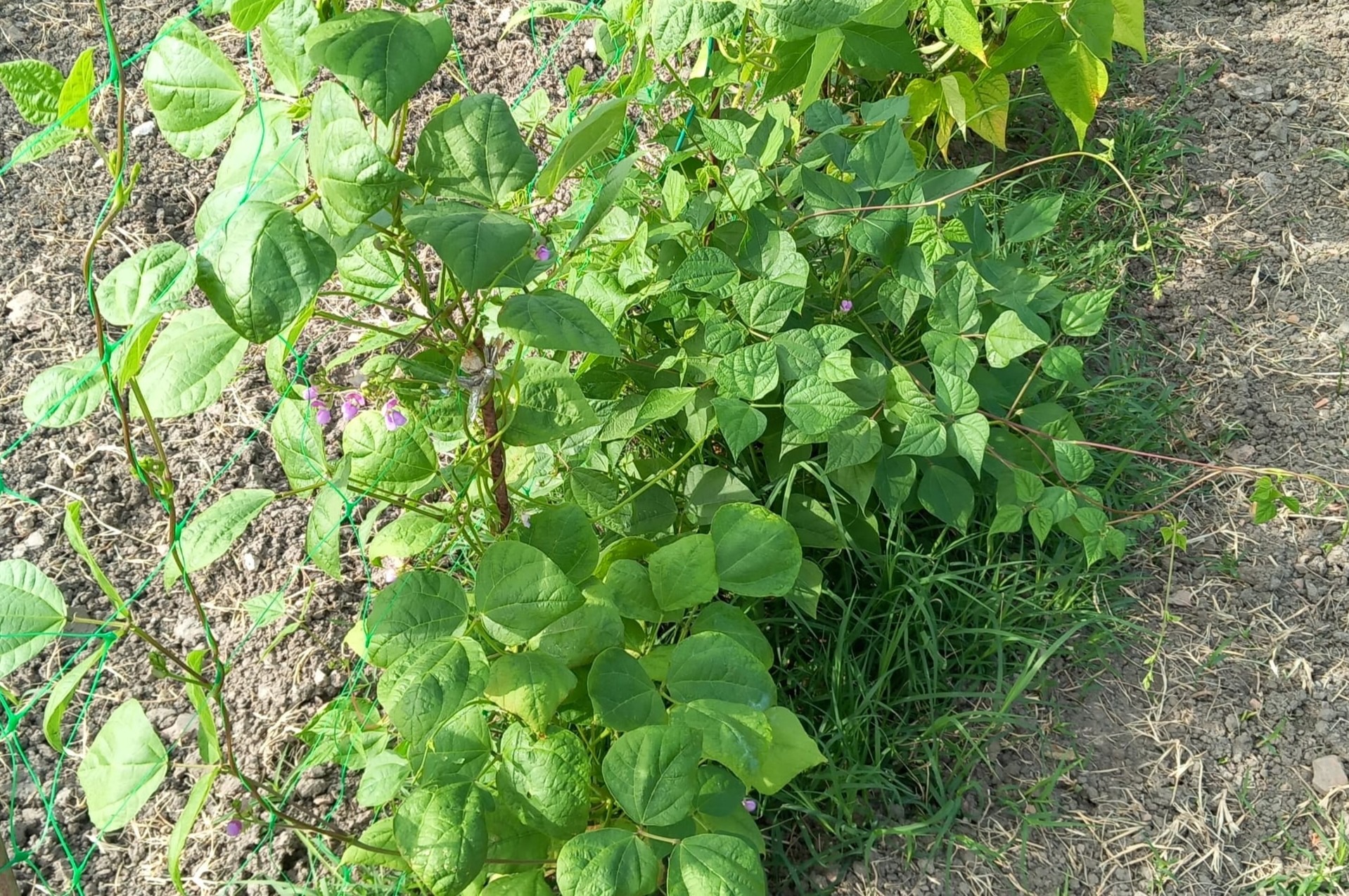
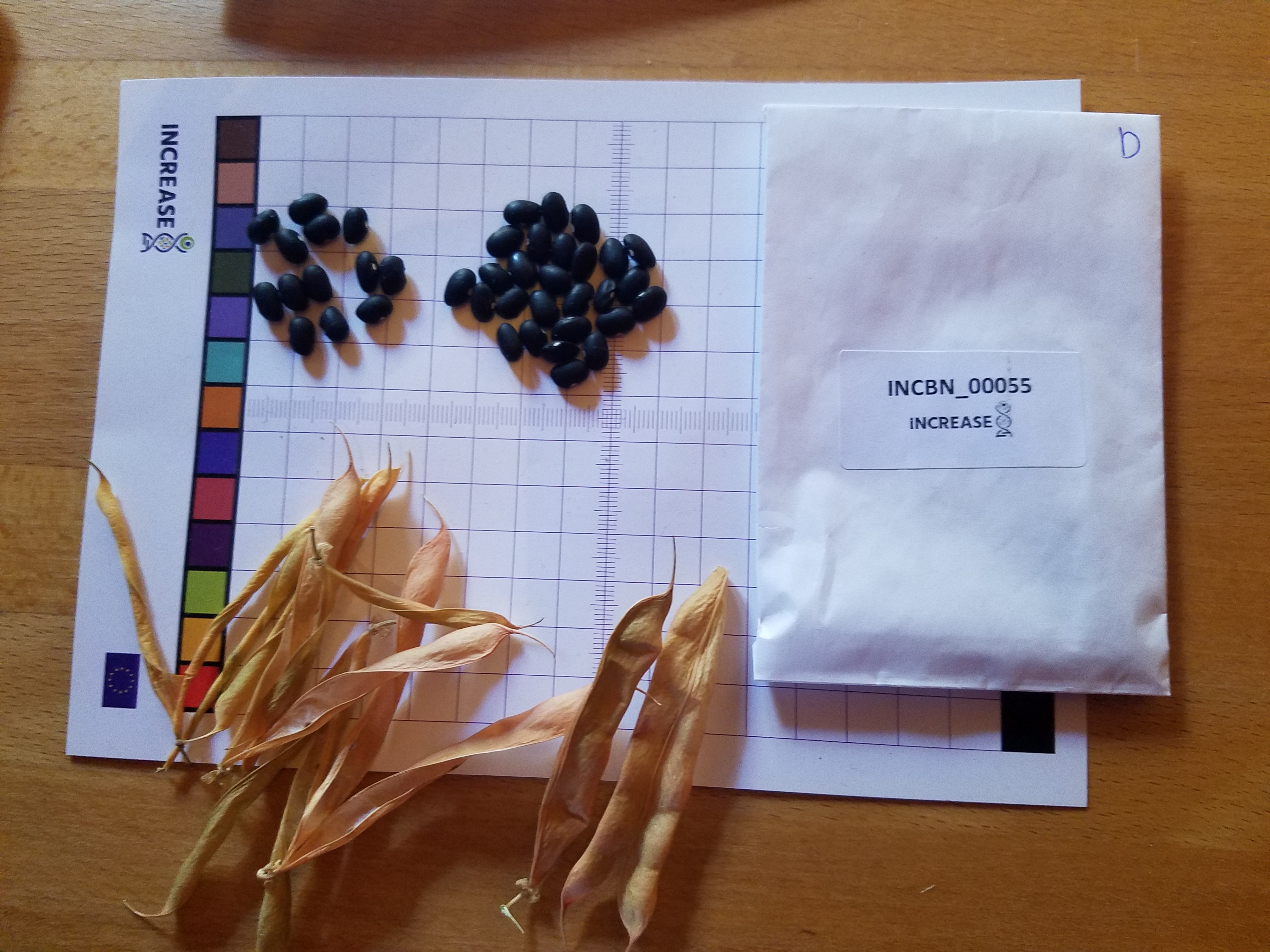
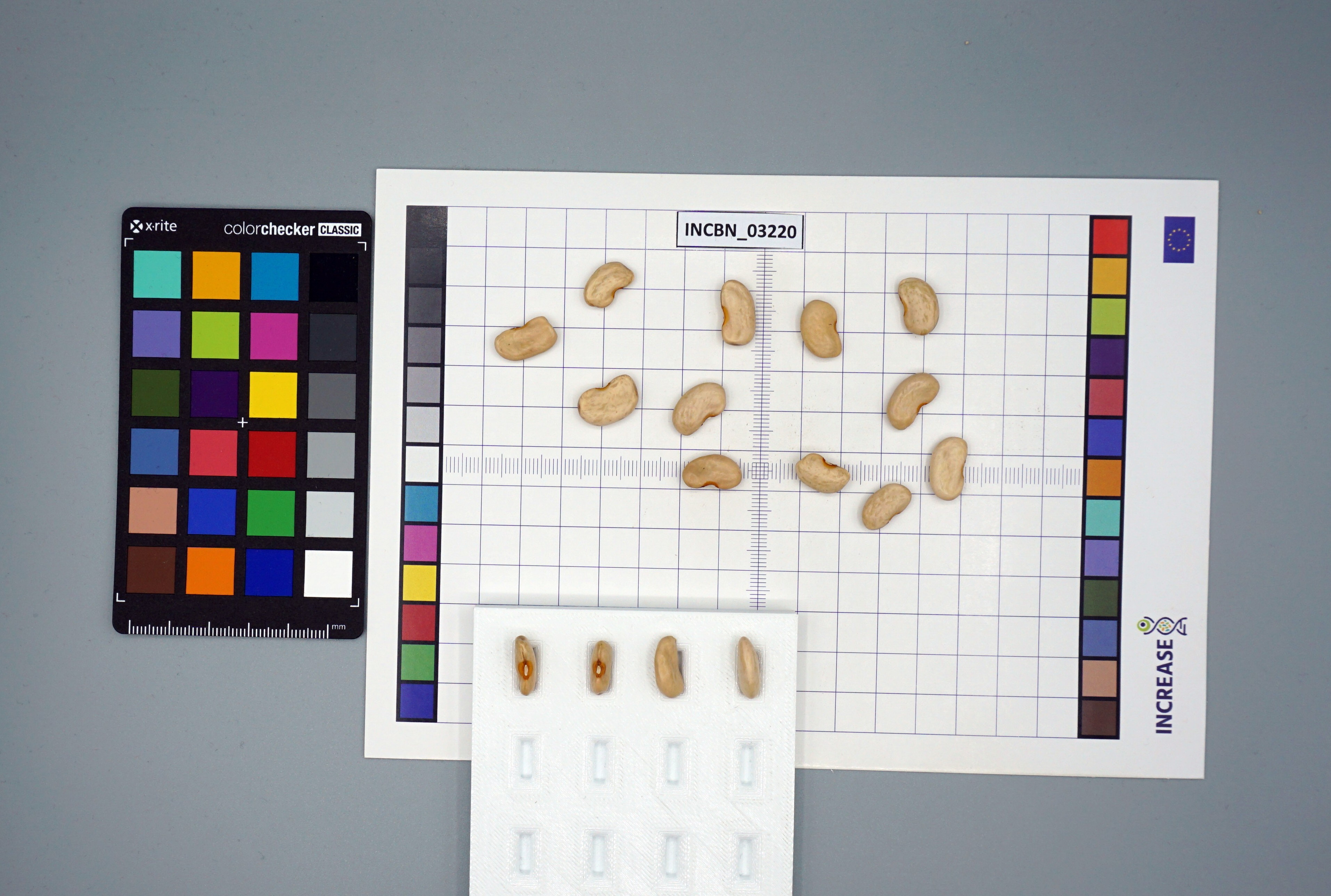
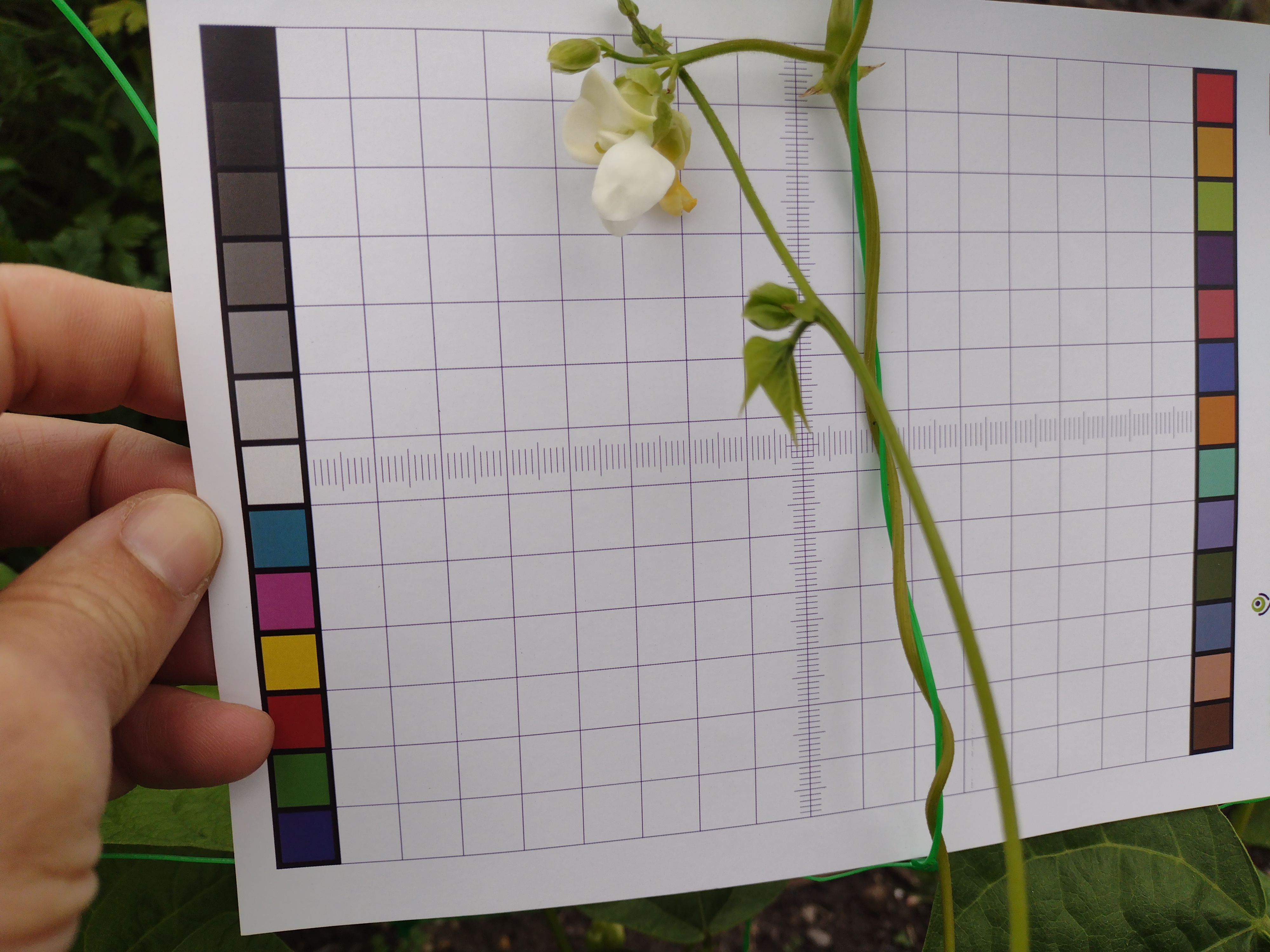
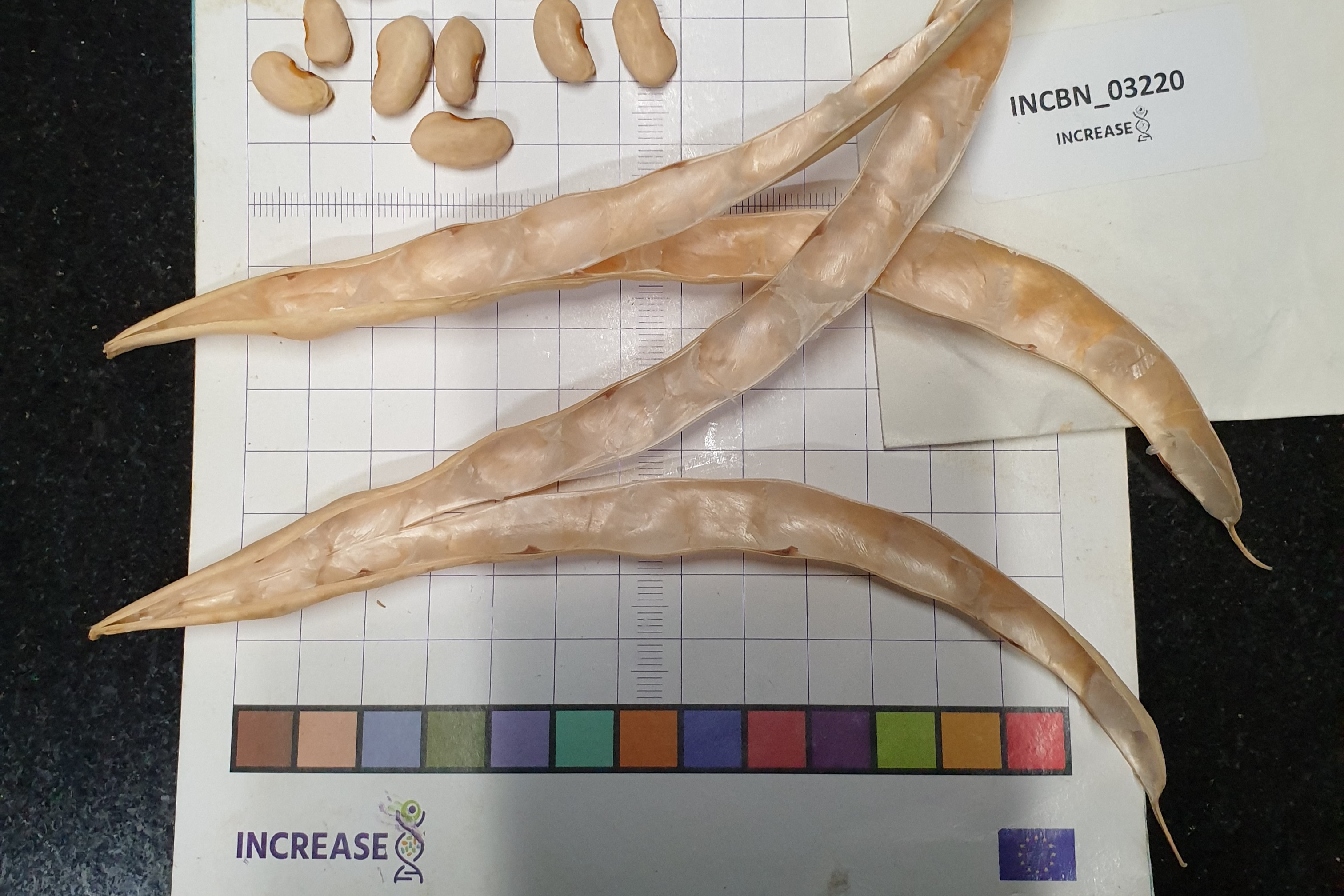
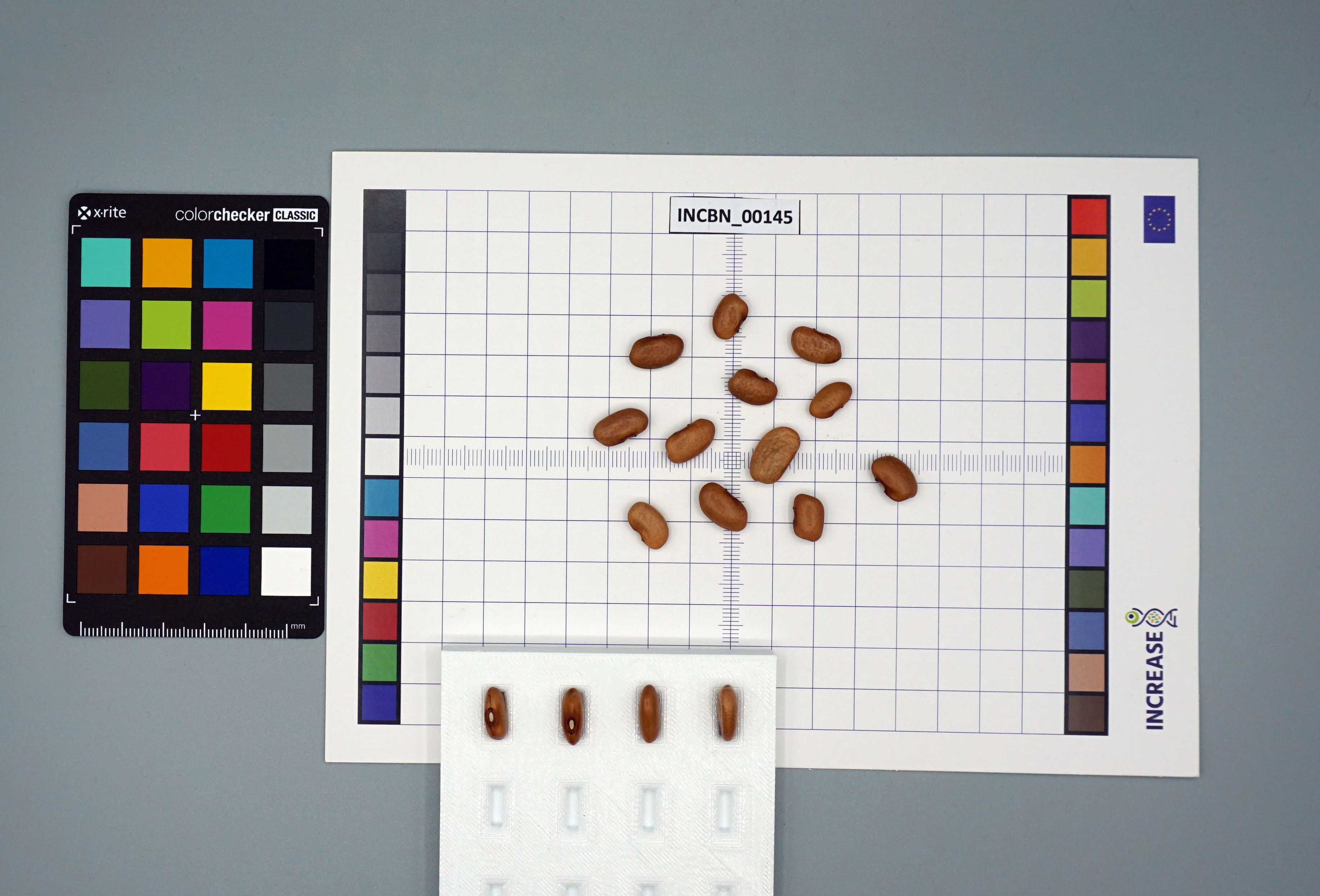
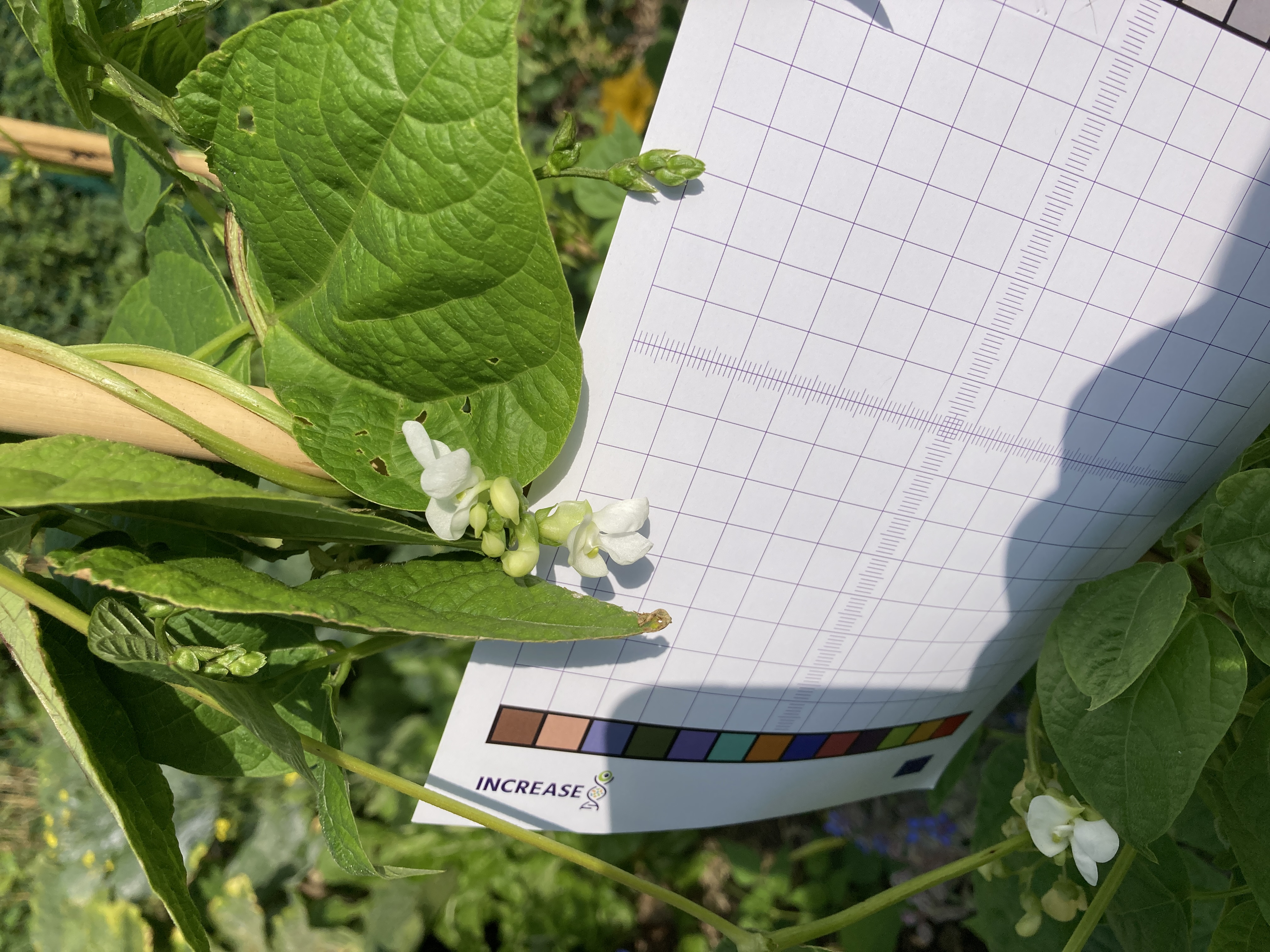
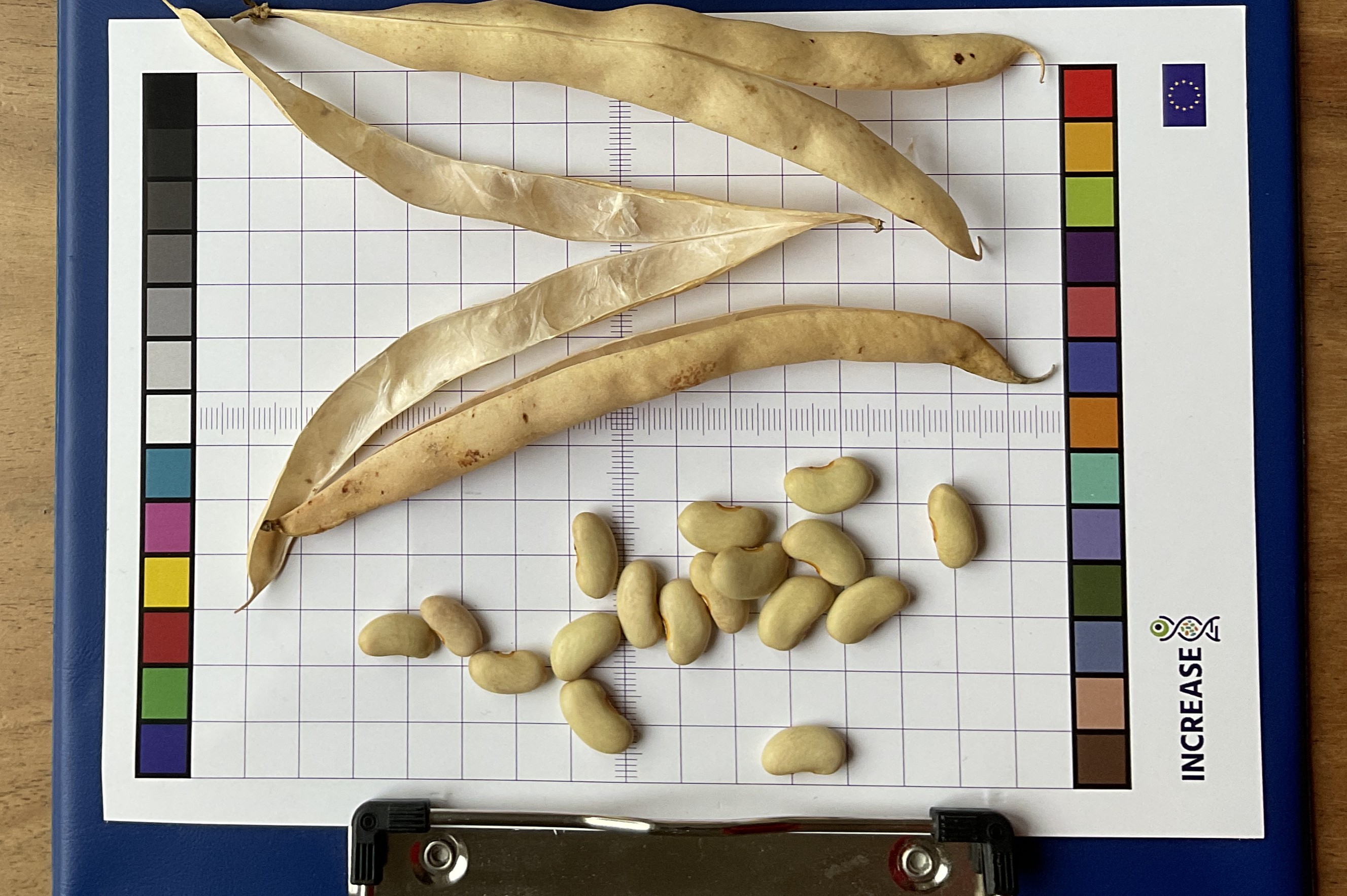
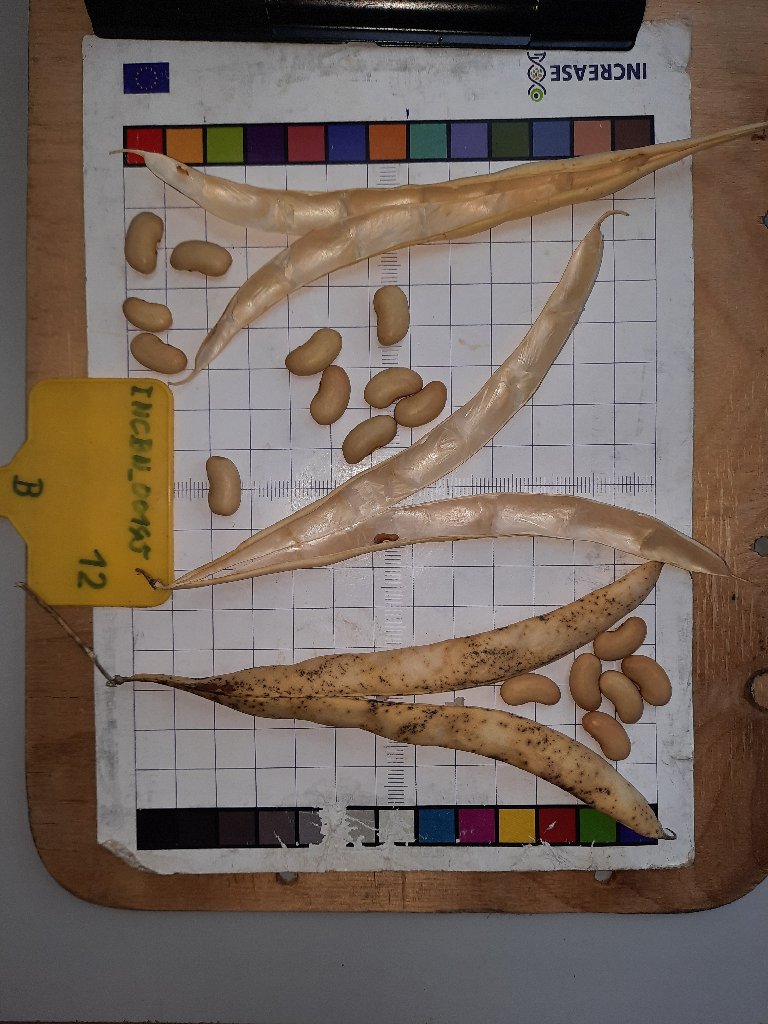

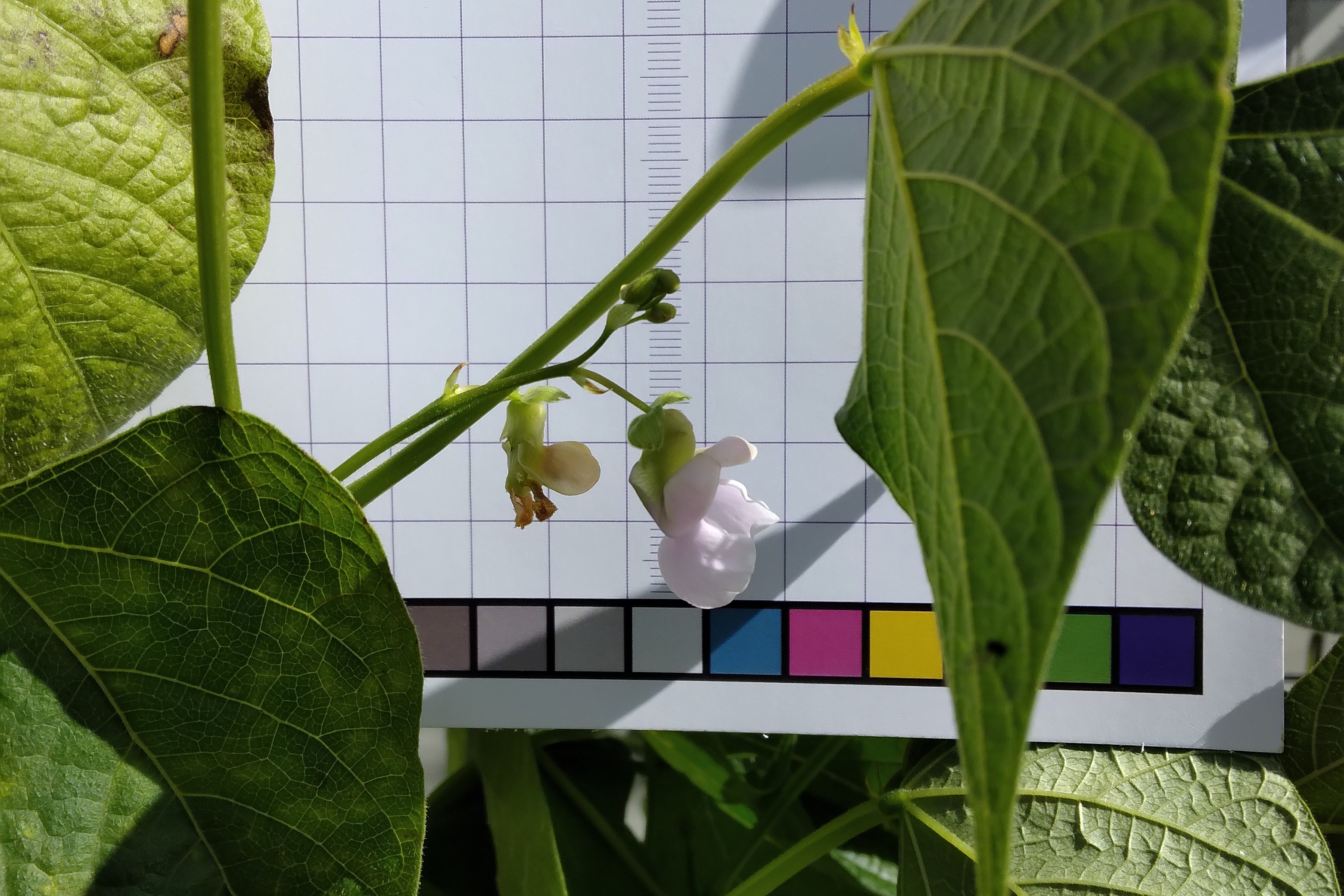
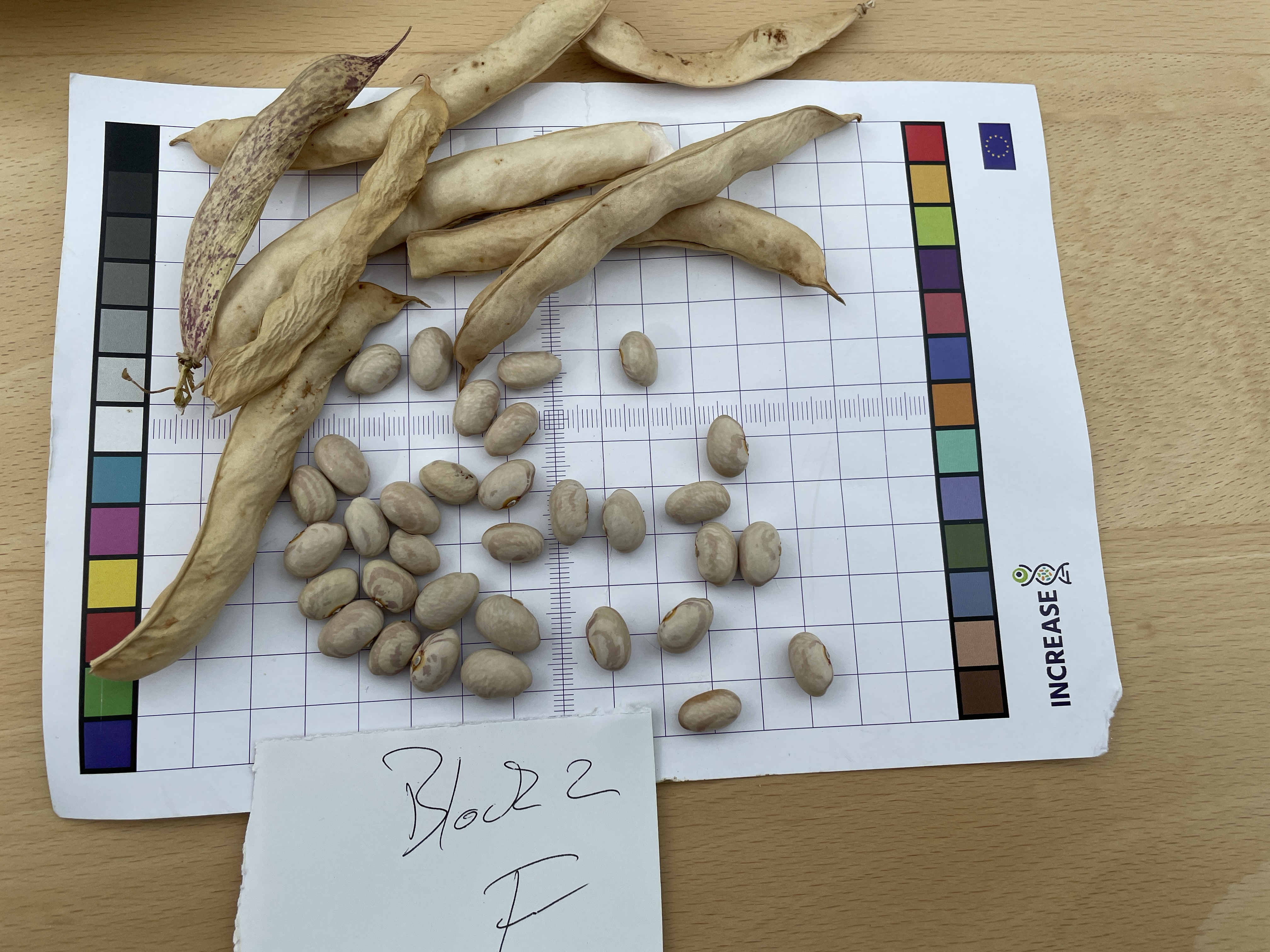



















.jpg)

